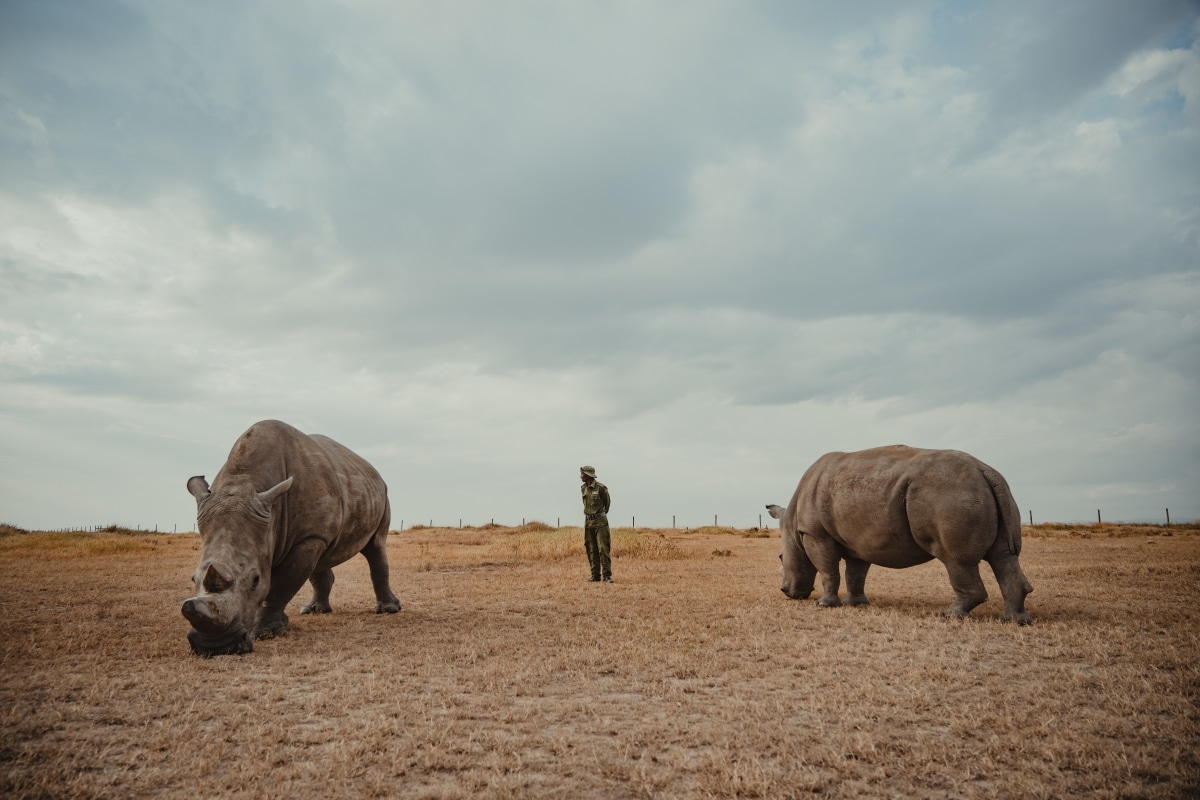The plight of the Northern white rhinoceros puts into clear focus the threats that face all endangered species.
Whether documentingbaby penguins in Antarcticaor anexplosive volcano in Guatemala, his work brings us closer to the natural world.
Read on for My Modern Met’s exclusive interview and prepare to be inspired.
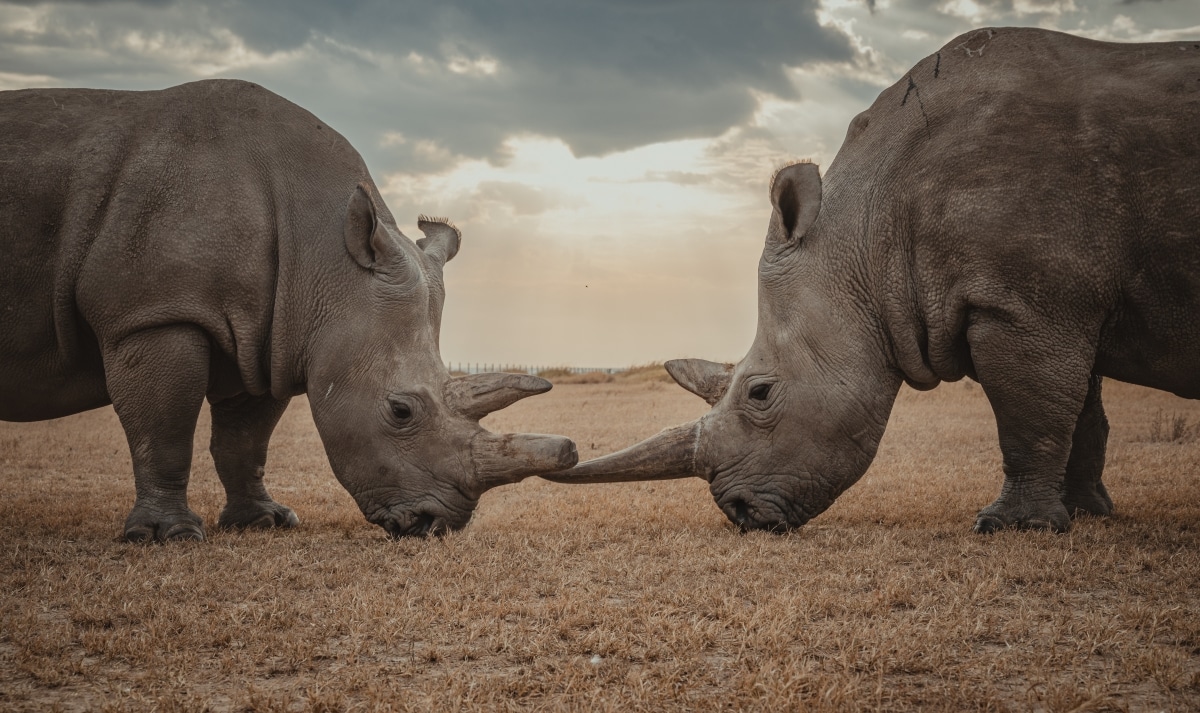
When did your relationship with photography begin?
I started at the age of 12, when I was given my first camera.
I started off documenting family moments, and I always had a camera with me.
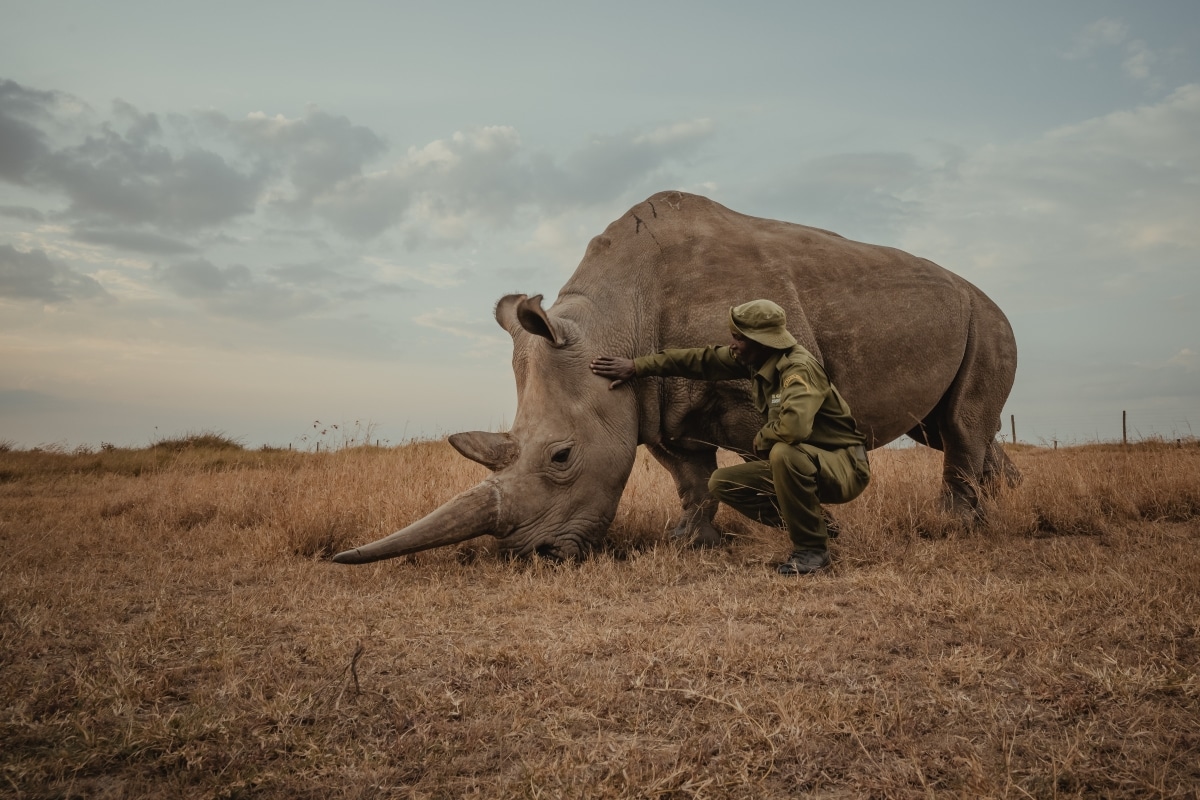
Over time, I focused on my studies and then later, my family.
It wasnt until 2014 that I started to go deeper into what has become my current photography practice.
I started visiting the U.S. National Parks and that sparked a deeper passion for photography.
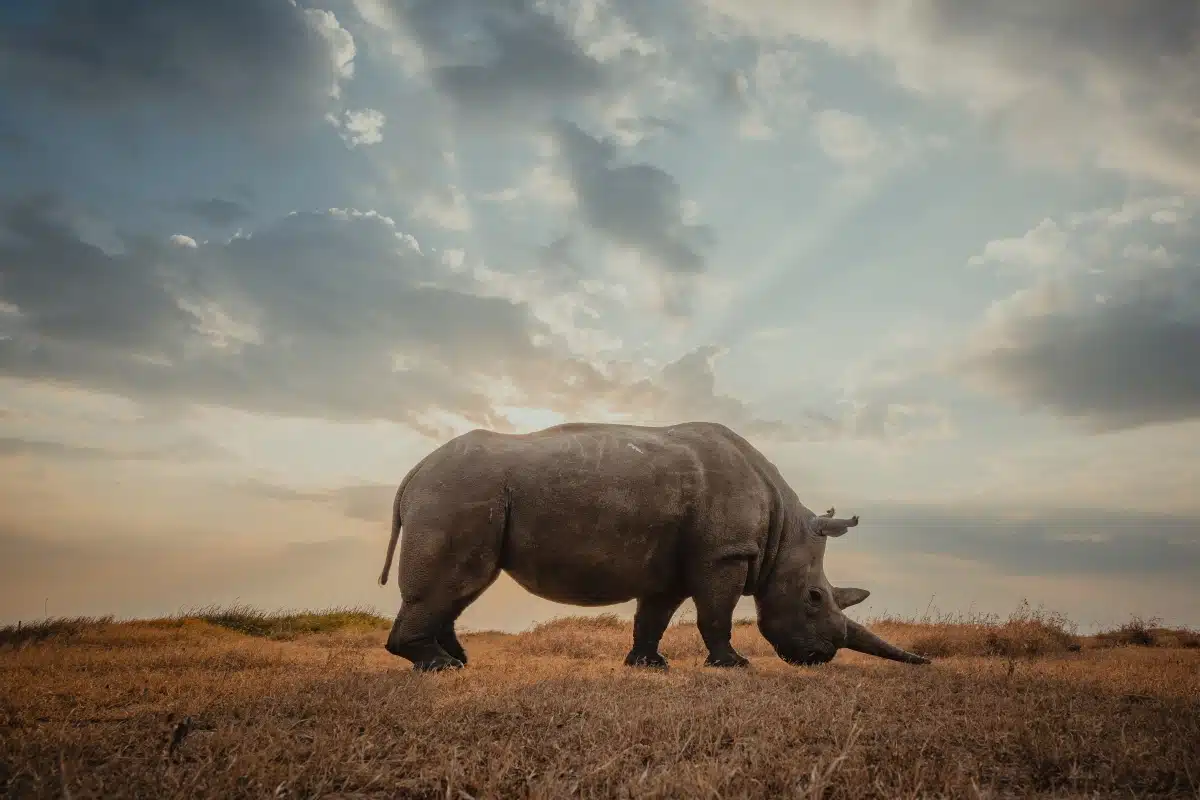
And later when I traveled to Africa, I began to see the unique possibilities of wildlife photography.
What pushed you to direct your focus toward wildlife and conservation stories?
I have always had a passion for animals.
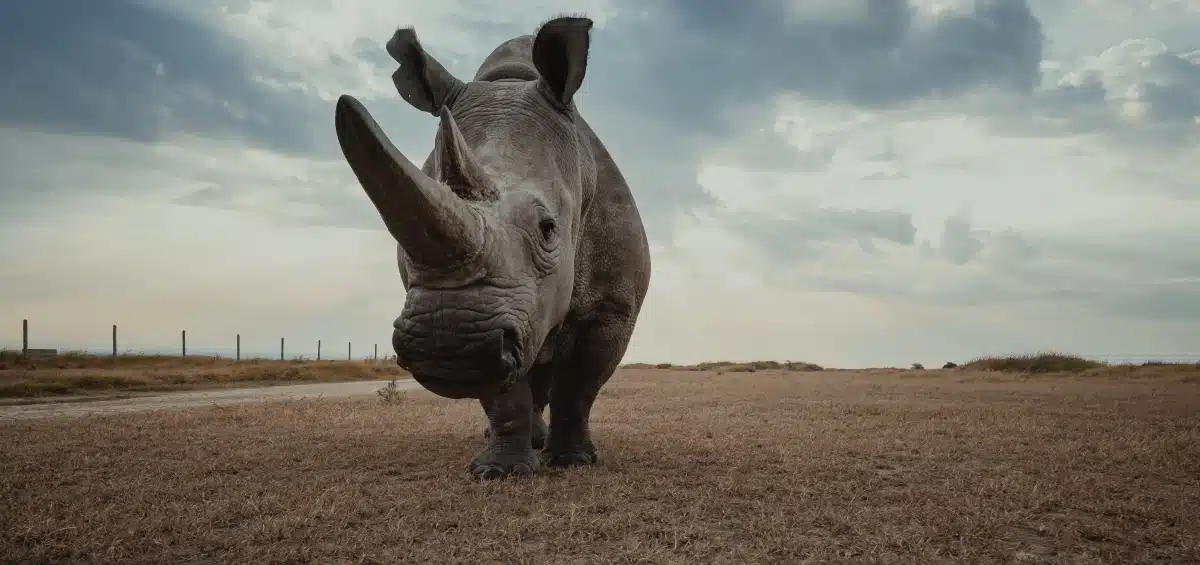
After photographing and exhibiting them in galleries, I still felt something was missing.
I still wasn’t being fulfilled.
Over the past two years, I’ve spent more time working with several wildlife conservation groups.
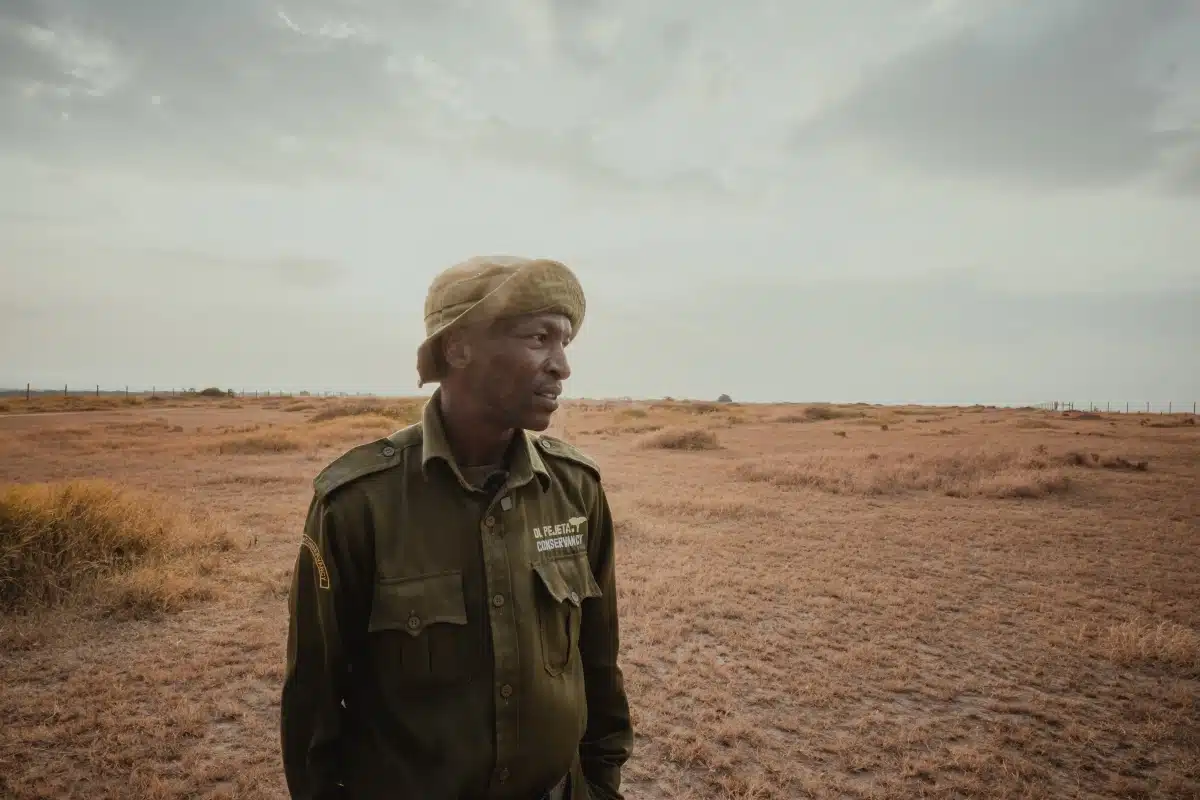
They are guarded 24/7 for their protection.
I worked with their senior caretaker to learn about the rhinos story and conservation efforts.
What interests you the most about the story of the last two Northern white rhinos?
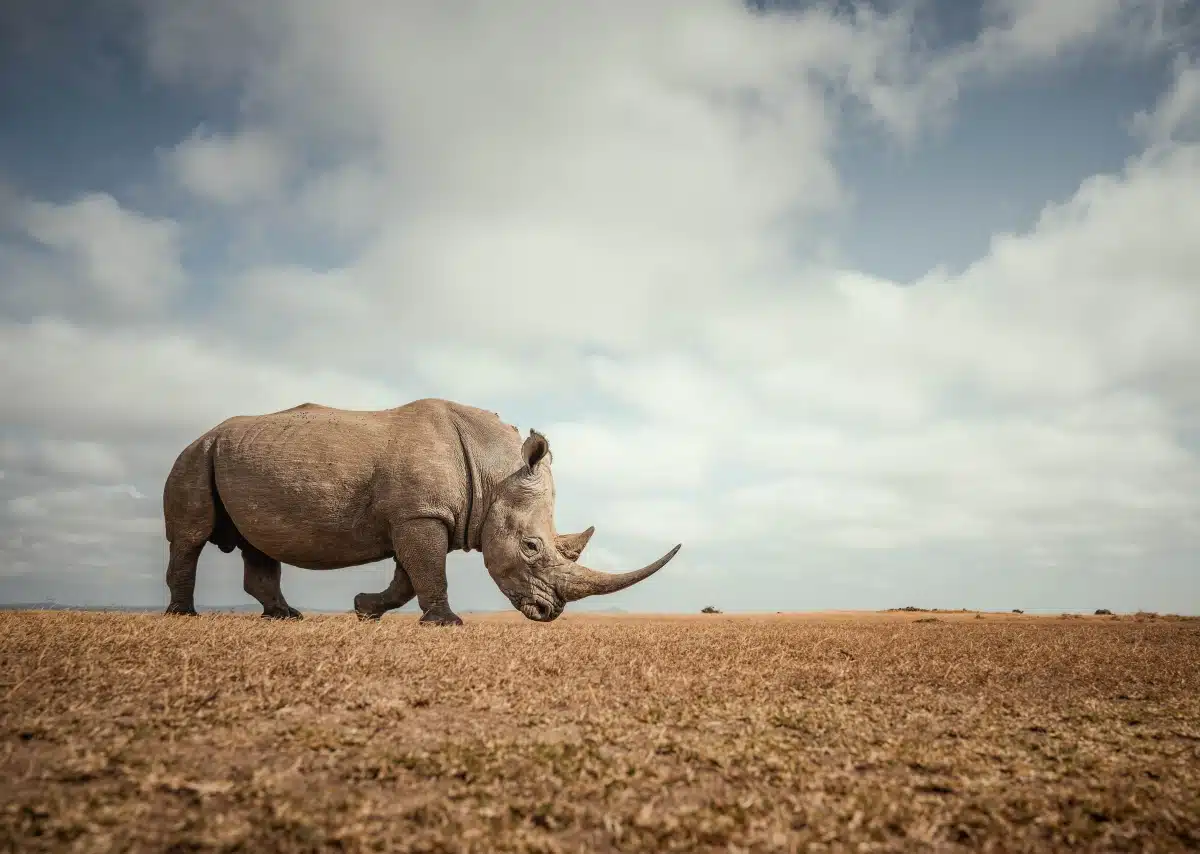
This project ultimately tells a story of fragility but also of resilience.
Can you describe your feelings when you first saw these animals?
I was in absolute awe.
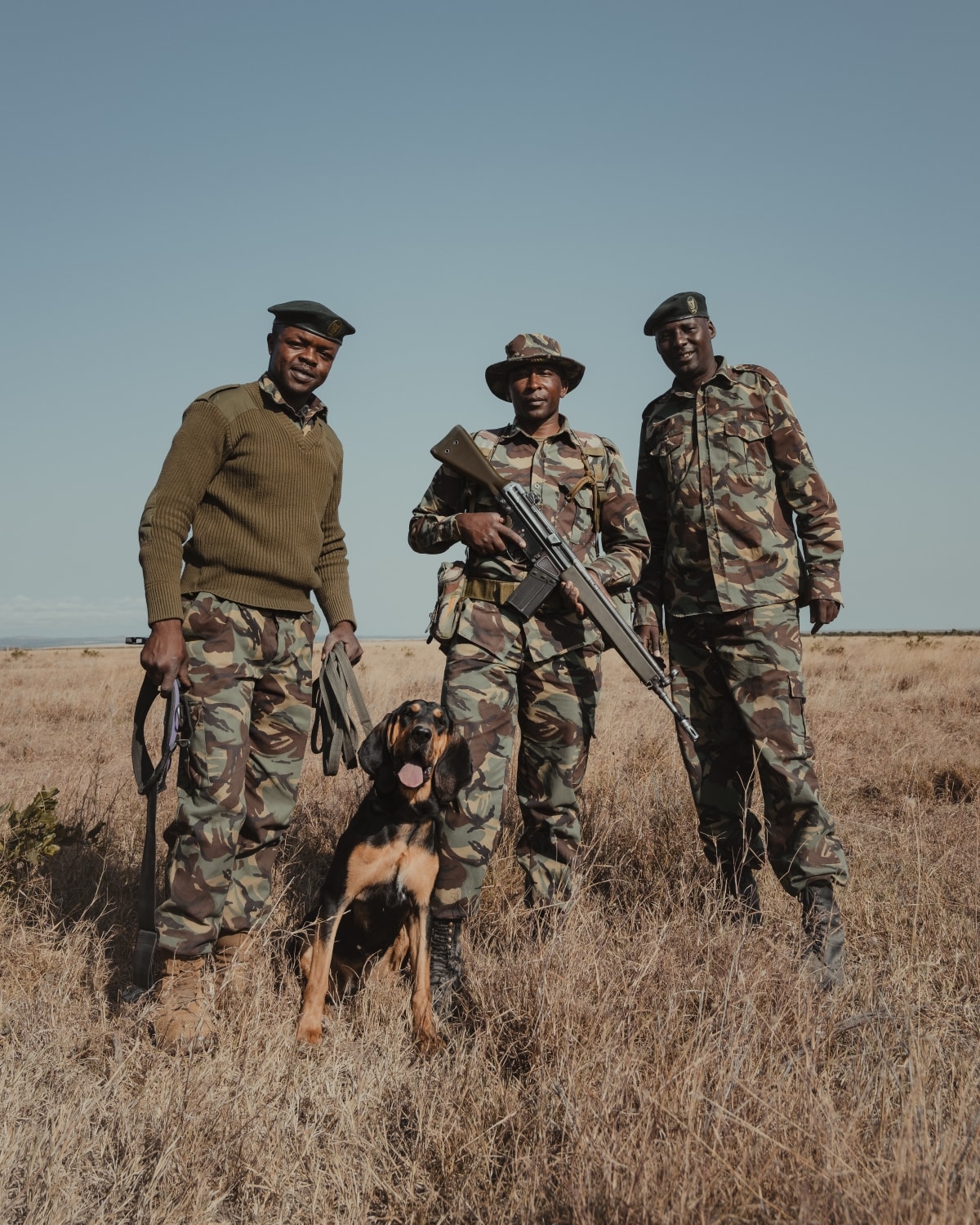
It was definitely humblingthe feeling that we are not the only essential beings here.
What was the most impactful part of your time at the Ol Pejeta Conservancy?
Spending one-on-one time with the rangers, guides, and caretakers.
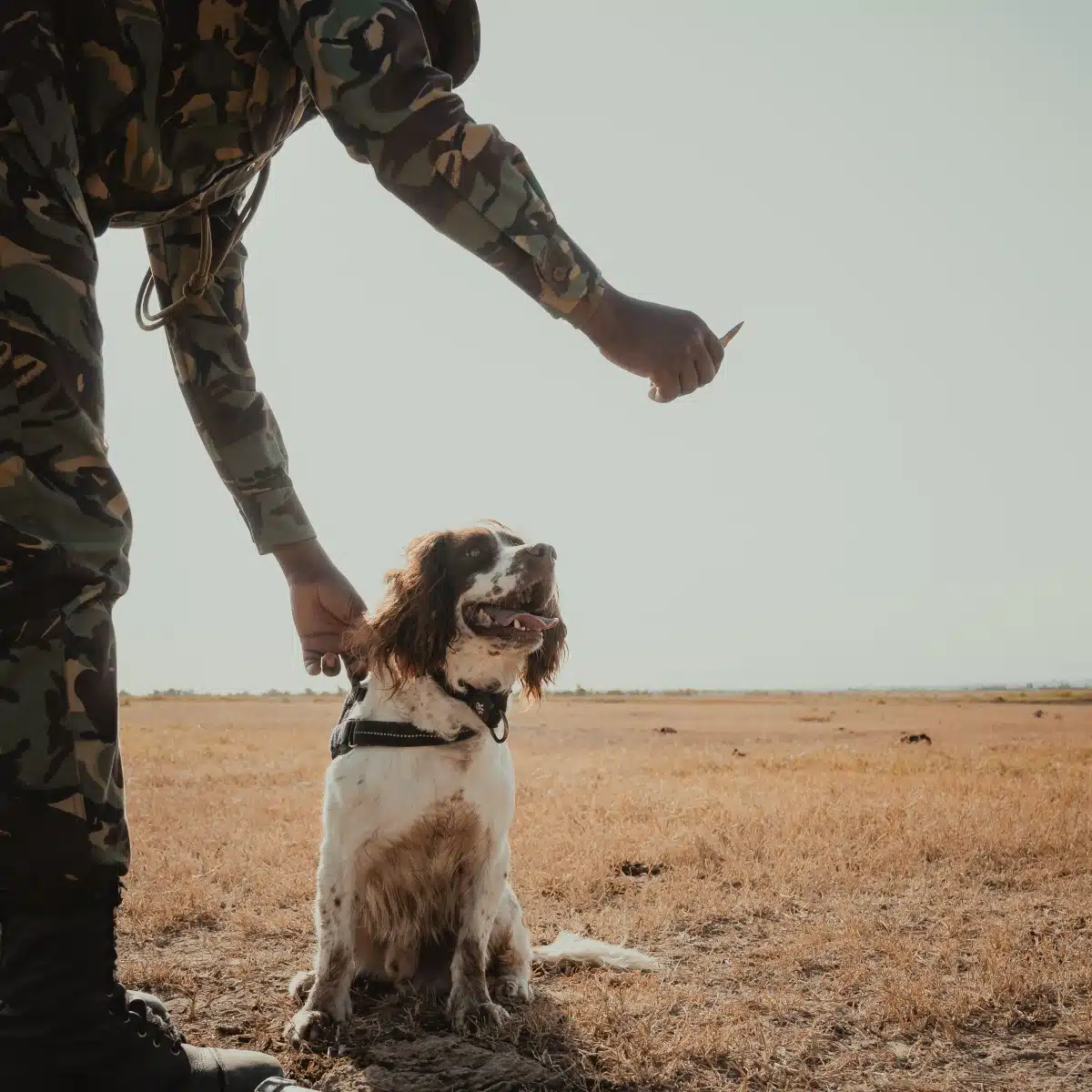
What sort of impact do you feel photography can make in the conservation world?
What do you hope that people take away from your work?
To feel an emotional connection to the natural world.
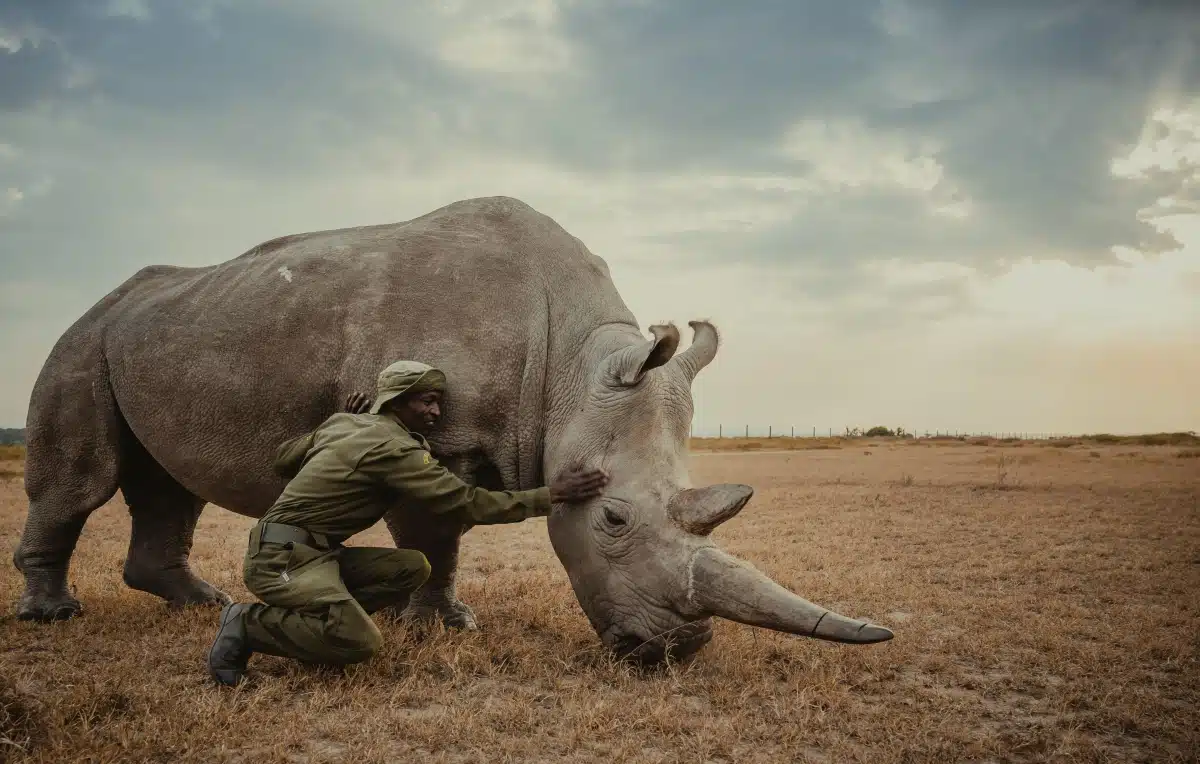
Related Articles:
